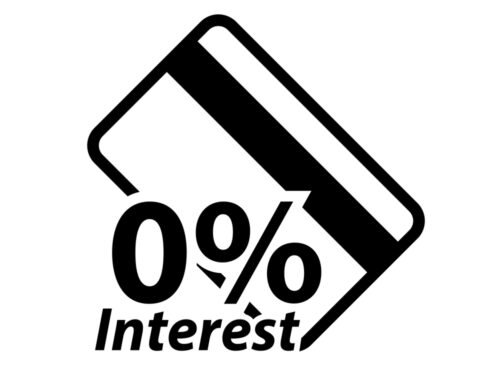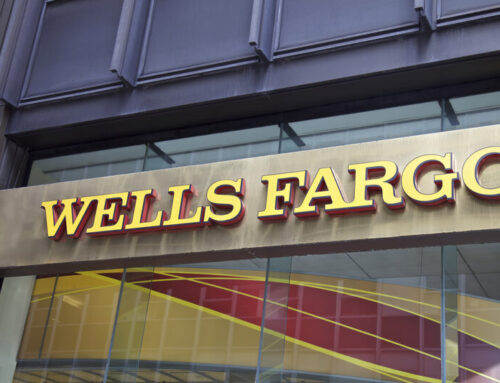We’re coming up on the anniversary of the EMV microchip credit card — the official adoption day for the cards was October 1, 2015. Since then, pretty much everyone in the U.S. has become aware of the shift to EMV (so called because of the original collaborative effort between EuroPay, MasterCard and Visa).
There’s a good chance that you have a microchip card in your wallet — 80 percent of MasterCard credit cards are now chip cards — and you’ve probably been asked to “dip” it at some point this year. The question is, given that nearly a year has passed already, why hasn’t that happened more often?
A slow, bumpy adoption story
If you’re confused about EMV, you’re not the only one. There was little formal or official education about the shift, and actual adoption has been piecemeal. Retailers were understandably reluctant to change in the holiday period, and adoption has lagged in 2016 as well, in large part due to a regrettable lack of preparedness on the card networks’ side.
Merchants who had EMV terminals ready and waiting in their stores had to wait months for a qualified technician to come and certify it. While they were waiting, they were liable for any fraudulent orders — and chargebacks have been far higher than expected, leaving merchants baffled, infuriated and out of pocket.
Neither one thing nor the other
Right now, customers face a messy patchwork of payment norms. You might need to swipe your card, you might need to dip it, or you might be encouraged to try faster mobile payment instead. With dipping, you’ve probably had occasions when you had to wait at checkout while your card took 20 seconds to authorize. That’s improving with new measures from the card networks but, again, the upgrades are happening piece by piece.
The only thing that will feel familiar is the signature — and that’s not a good thing. Industry experts have objected that swapping to chip-and-PIN would have been far safer. The banks weren’t willing, meaning despite all the fuss, U.S. cards still aren’t as secure as in other countries which made the switch to both EMV and PIN.
The payoff
So far, the cost of the EMV shift has felt high to both merchants and consumers. Much of this could have been mitigated with better education and more realistic planning. But even then, it wouldn’t have been frictionless. So why are we bothering?
In essence, the answer comes down to stopping fraud. The old magnetic stripes were famously easy to copy and counterfeit, and by 2013, the U.S. accounted for 51 percent of global payment card fraud costs. With the rest of the world already changed or changing to EMV, the U.S. had become a magnet for fraudsters.
EMV is already working. MasterCard said counterfeit card fraud is down at its Top 5 EMV-enabled merchants by more than 60 percent since October 2015. Of course, that’s not as helpful as it might be, since currently only 30 percent of merchant locations on MasterCard’s network are able to accept chip cards, but it’s a good indication. EMV has been troublesome, confusing and annoying, but it does do what it was intended to do. It does cut counterfeit fraud.
The price
Not everyone benefits. Specifically, “card not present” retailers who take online, mobile or phone orders, lose out. Massively.
When card present fraud becomes harder, CNP fraud becomes the obvious new field of play for fraudsters. EMV is no protection there. With new technology including automation making online fraud easier than ever to get into, and a wealth of stolen data available, it’s no surprise that online fraud attacks rose 215 percent in 2015. Fraudsters, with a canny eye on their bottom line, were actually faster to move in response to EMV than the card networks.
The opportunity
Although the rise in CNP fraud is and should be intimidating for merchants, it’s also an opportunity. Retailers have traditionally turned to risk-averse methods for preventing fraud, which are good at stopping fraudsters but bad for customers. Such approaches add friction and block good sales.
Every time a customer has to deal with Verified by Visa or SecureCode, every time they receive a call asking for further identifying information, every time confirmation and fulfillment is delayed, every time they are rejected outright, having been mistaken for fraud — every time, the customer is annoyed, frustrated or offended, and less likely to return.
EMV could be a wake-up call to alert merchants to the fact that there are new and better options for fraud prevention. Thanks to new technology, reflecting and updated by the research, experience and expertise of those with a deep background in the fraud domain, merchants and customers can now benefit from customer-centered fraud prevention.
That means a friction-free customer experience, with full automation making decisions in real time, and removing all delays from confirmation and fulfillment. Moreover, with today’s more accurate systems, false positives can all but disappear, so good customers are no longer mistakenly rejected.
If merchants, both card present and CNP, are willing to treat EMV as an opportunity to focus on their customers and smoothing the checkout process wherever possible, EMV could still be a positive experience overall, rather than just an effective counter-fraud measure. It’s been a rocky start, but it could be the beginning of frictionless, faster and better customer experience.
Source:Redcode





Leave A Comment